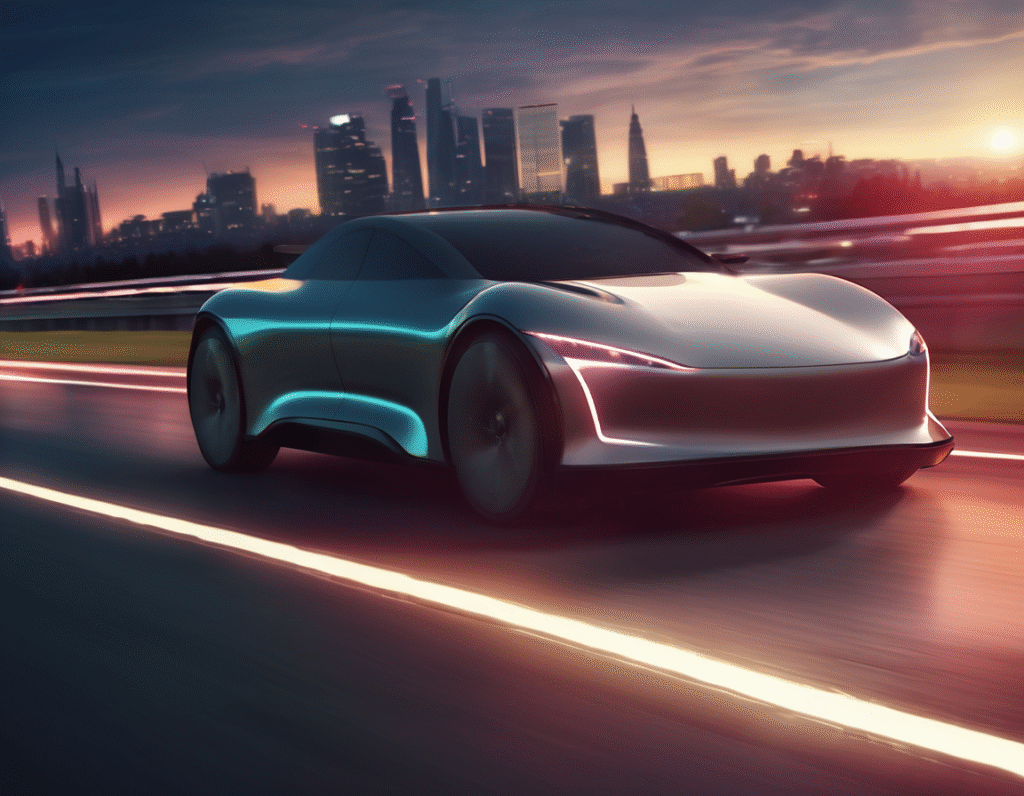Federal investigators are now asking Tesla for details about its Mad Max driving mode as part of a broader probe into the companys Full Self Driving technology. The National Highway Traffic Safety Administration confirmed it is gathering additional information from the automaker regarding this specific feature. Tesla has described the Mad Max mode as offering higher speeds and more frequent lane changes compared to its standard Hurry speed profile. This aggressive driving setting has drawn scrutiny from the safety agency. In a statement, the NHTSA reiterated that regardless of the driving mode engaged, the human behind the wheel is fully responsible for operating the vehicle and complying with all traffic safety laws. The inquiry into Mad Max is part of a larger investigation into Teslas FSD system that the NHTSA opened earlier this month. The agency stated at that time that the technology had induced vehicle behavior that violated traffic safety laws. Some Tesla vehicles operating with FSD engaged have reportedly run red lights and even driven against the flow of traffic, raising significant safety concerns. This is not the first appearance of a Mad Max mode in Tesla vehicles. The company initially offered a version back in 2018, before the Full Self Driving system was available. Tesla revived the mode this month, and it was quickly followed by new reports of vehicles using Mad Max rolling through stop signs and exceeding posted speed limits. The investigation comes amid a complex regulatory backdrop. Earlier this year, when Tesla CEO Elon Musk was leading the Department of Government Efficiency, a Trump administration initiative, the agency reportedly cut staff at the NHTSA. According to reports, the DOGE dismissed three individuals who were part of a small team dedicated to autonomous vehicle safety. This has added another layer to the ongoing scrutiny of how Tesla’s driver assistance systems are being regulated and monitored for public safety. The situation highlights the tension between rapid technological advancement in automated driving and the established frameworks of traffic safety regulation.


